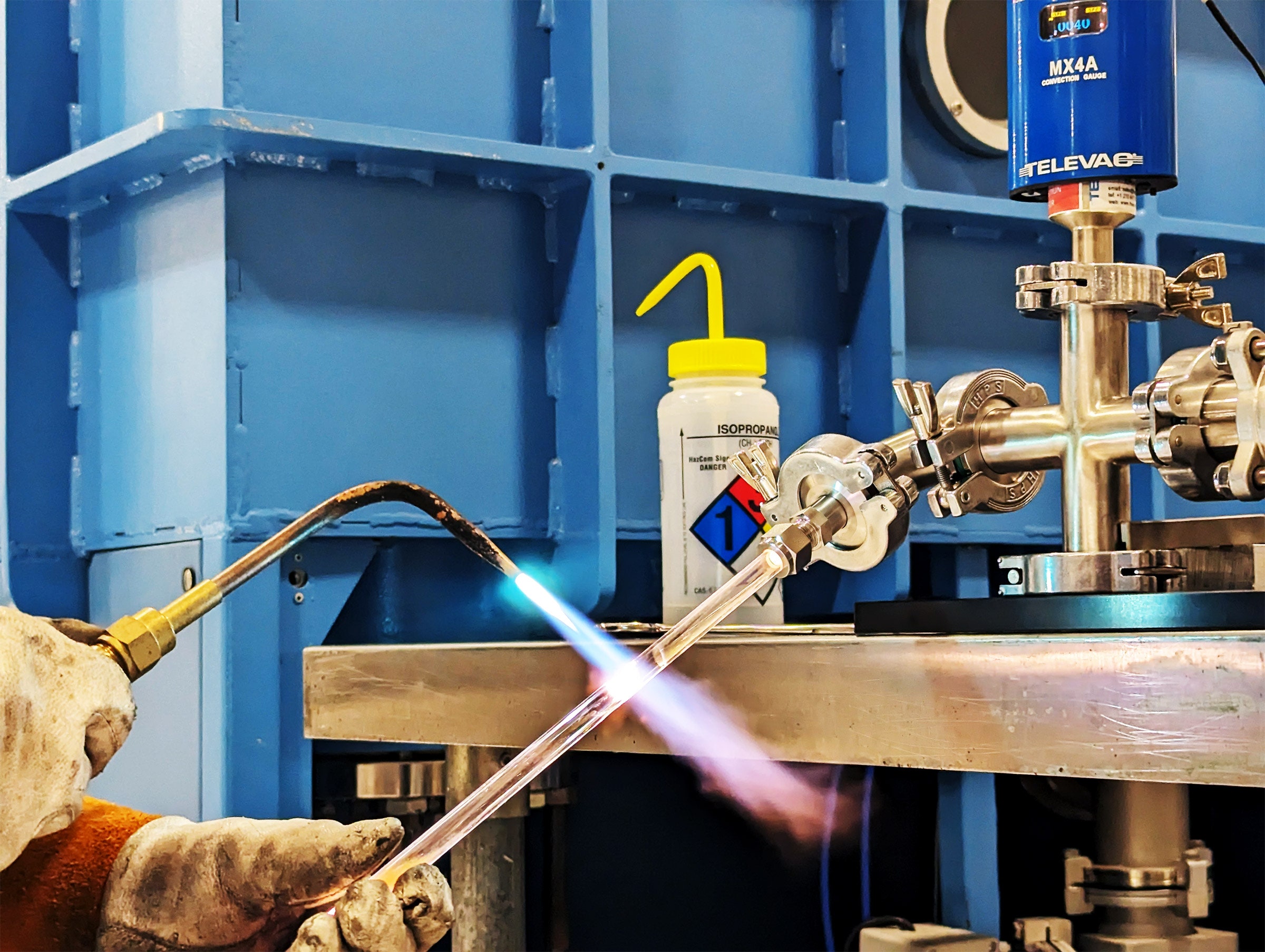
LK-99 Is Fueling a DIY Superconductivity Race
Making LK-99 is not quite garage science, but it is a relatively simple alchemy. The El Segundo, California, lab of Varda Space Industries, the satellite startup where McCalip is an engineer, happens to contain the appropriate furnaces, vacuum systems, and environmental chambers. All that McCalip would require was four ingredients: red phosphorus and copper to synthesize copper phosphide, and lead sulfate and lead oxide to make a mineral called lanarkite. Those two materials would then be pulverized, mixed, blasted with heat, and cooled, producing something that’s close to another familiar compound—lead apatite—but in which some lead atoms have been swapped out for copper.
He secured the copper phosphide from a local lab, skipping the need for raw red phosphorus, and the game was on. (A Polish supplier he contacted came through too, and the shipment is due to arrive soon; McCalip says he cleared them out before the hype wiped out the global supply.) The first steps involved waiting. Twenty-four hours for the lanarkite, which was still in the oven at 725 degrees Celsius when McCalip and I spoke. The outside lab would take a few days to get him the copper phosphide. The Varda engineers were doing their normal work on space-based manufacturing during the day and mostly checking in at night. Meanwhile, the livestream viewers seemed a little bored, flooding the comments with nationalist politics and theories about the interpersonal drama between the LK-99 authors.
McCalip wasn’t getting much sleep between his two jobs, but he was feeling confident they could make the material—or at least some approximation of it. The authors of the LK-99 paper had not made it easy to follow their recipe, leaving out crucial instructions for things like testing the purity of the precursors and setting the cooling rates of the furnaces. McCalip had found a patent filing that supplied a few more details, but he still had a long list of questions that he’d like to get in front of the South Korean researchers. He was asking for leads through Twitter and Varda’s investors. (The two lead researchers, Kim and Kwon, didn’t respond to WIRED’s interview request either.)
Those details are crucial, because whatever is going on inside LK-99, it’s likely caused by a very particular arrangement of atoms. The researchers theorized that superconductivity is the result of replacing certain lead atoms with copper, which shrinks the crystal lattice and causes an internal tension. At a high level, “that’s certainly a plausible thing,” Greene says. Much of the field’s recent work has involved exerting extremely high pressure on substances that contain hydrogen atoms—based on the theory that pure hydrogen compressed into a solid form would itself be a superconductor. Such extreme pressures are impractical for most applications, so researchers are interested in ways of simulating the effect with internal pressure that comes from forces within the crystal itself. It’s an interesting strategy, he says—though, of course, it’s not at all clear whether that’s happening here.

